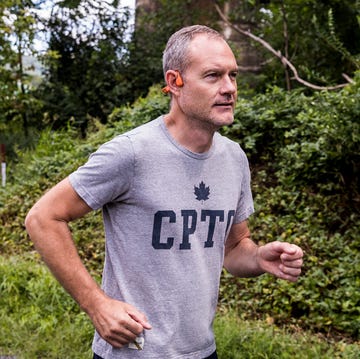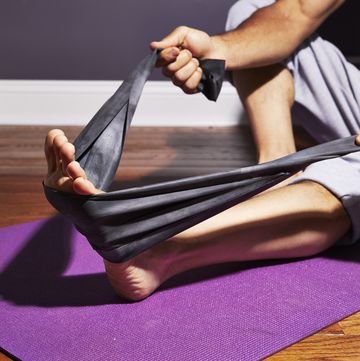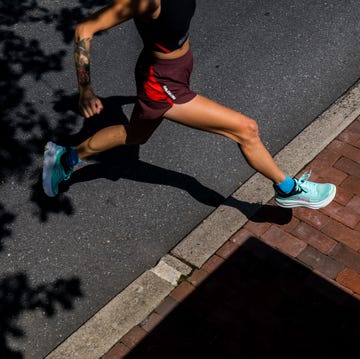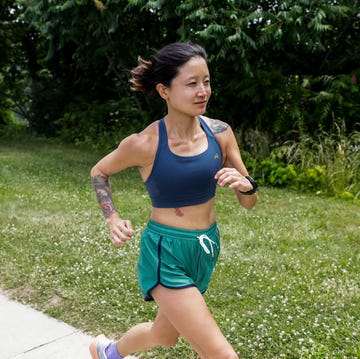We earn a commission for products purchased through some links in this article. Why Trust Us?
SHFT
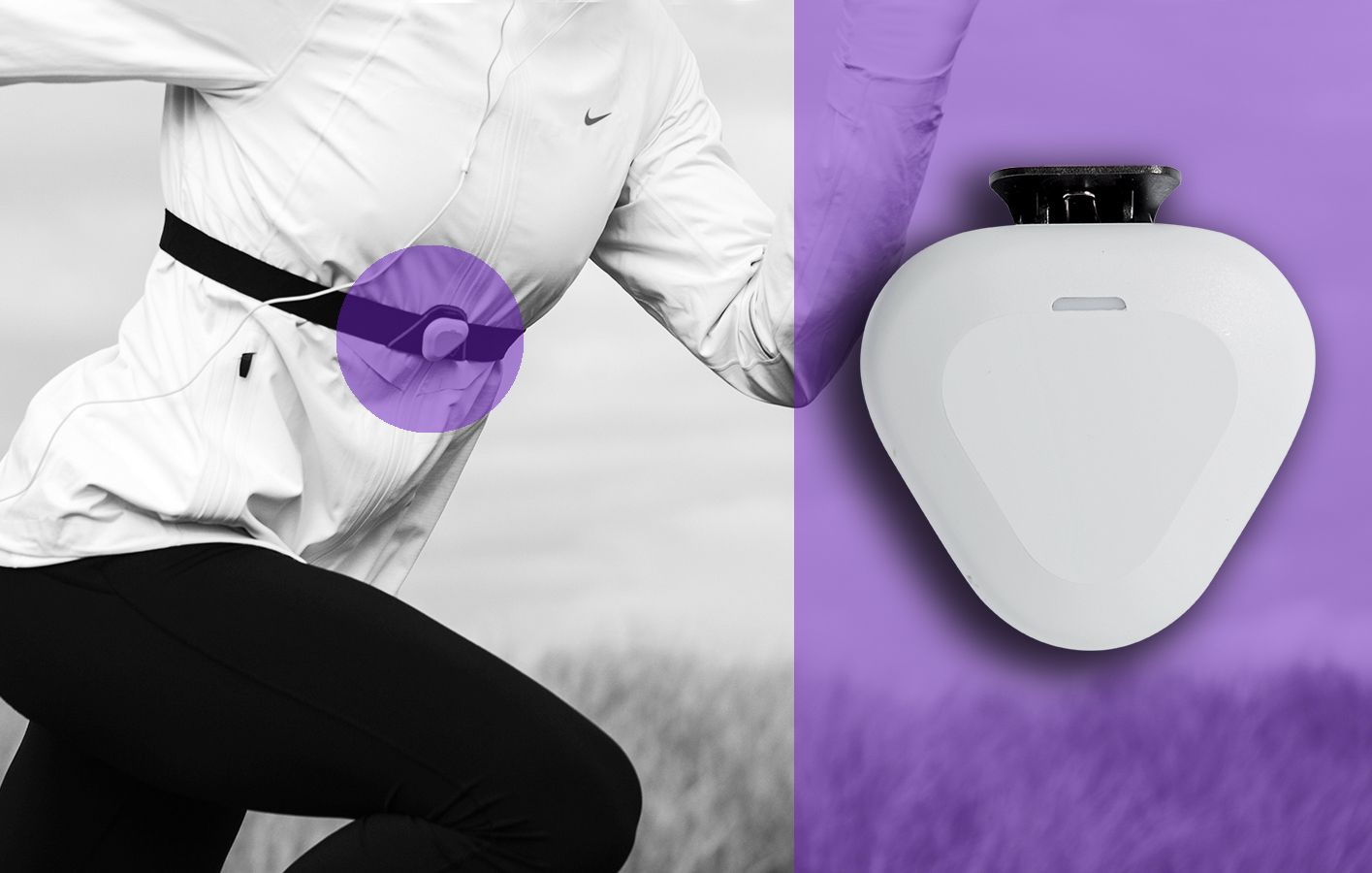 Mitch Mandel
Mitch MandelPods on your chest and shoe sync with your smartphone.
BEST FOR: Measuring power and running efficiency.
UPSIDE: We love that the pods gather a wide range of data to compare your stride with power usage, determining optimal ranges to maximize efficiency and then coaching you on how to improve. It’s a complete system that you must trust and follow.
DOWNSIDE: The coaching is too prescriptive—“Your ground contact time should be between 280 and 295 milliseconds”—but you can turn it off.
$299; shft.run
Garmin Forerunner 630
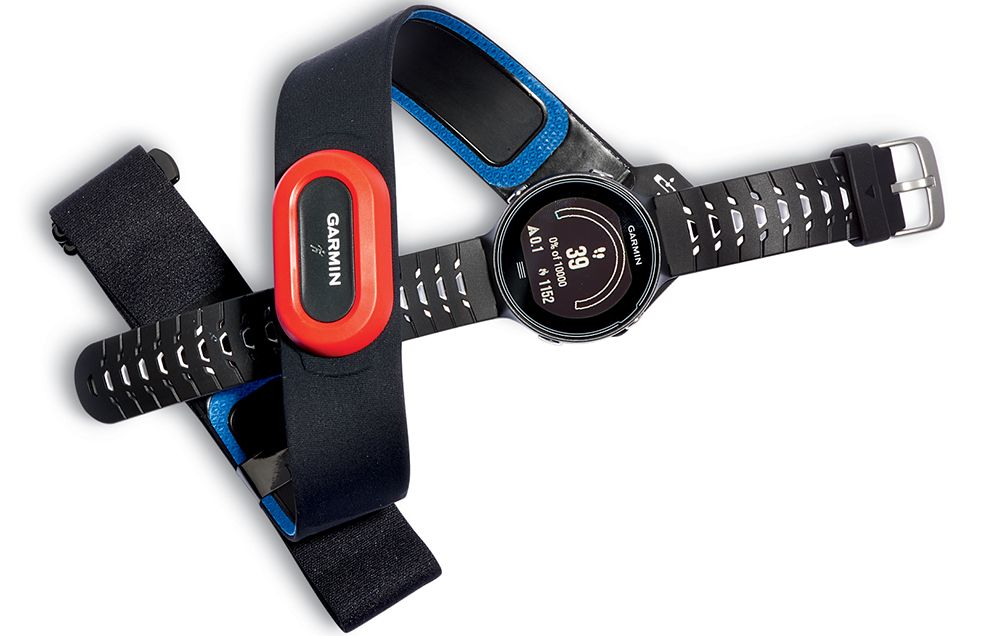 Mitch Mandel
Mitch MandelGPS-enabled watch and chest-strap HR monitor.
BEST FOR: Tracking cadence and ground contact time.
UPSIDE: The data is simple and reliable, and the touchscreen navigation is intuitive, easy to read when running, and customizable. Plus, the stride metrics are built into a watch we’d wear to track our runs anyway.
DOWNSIDE: The website provides no guidance on how to improve stride imbalances.
$500; amazon.com
Advertisement - Continue Reading Below
Runscribe
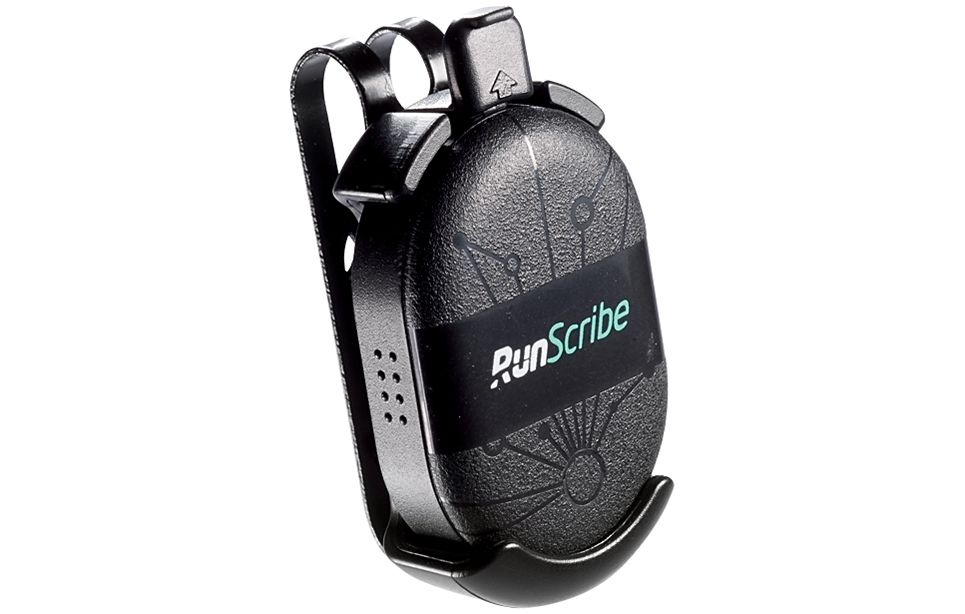 Mitch Mandel
Mitch MandelPods on your shoes send data to your phone after a run.
BEST FOR: Footstrike impact and pronation.
UPSIDE: The pods provide precise metrics that give context for how you compare to other runners—“average pronation at low velocity,” for example. It reveals clear symmetry differences and makes it easy to compare how changing your shoes, terrain, or pace can affect your stride.
DOWNSIDE: There’s no real-time feedback or coaching, but you don’t need to carry a phone.
$199; runscribe.com
Altra IQ
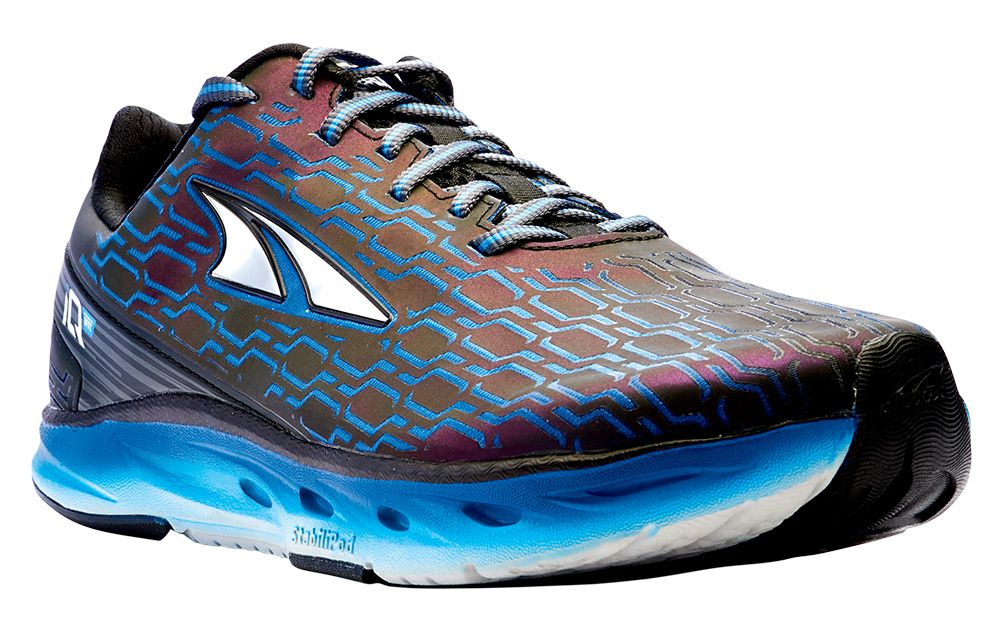 Mitch Mandel
Mitch MandelSensors built into the midsole transmit data to your phone.
BEST FOR: Recording landing zone and impact rate of each foot.
UPSIDE: The app gives real-time coaching that’s easy to act upon, such as “bend your knees just a little.” The IQ reports the percentages of the time you land in three different zones for a nuanced picture of your foot strike, revealing asymmetries and changes due to fatigue.
DOWNSIDE: Limited to one shoe model (more are set for 2017).
$200; altrarunning.com
Advertisement - Continue Reading Below
Lumo Run
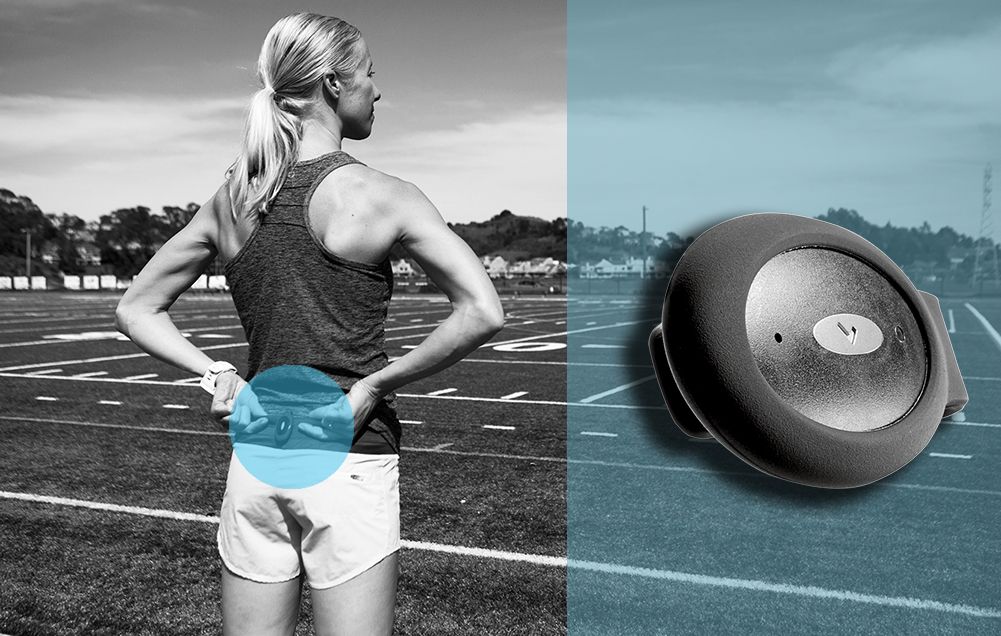 Mitch Mandel
Mitch MandelSensor on the back of your waistband collects data.
BEST FOR: Range of motion (pelvic tilt, drop, and rotation).
UPSIDE: Offers metrics about hip movement, which many coaches consider the core of an effective stride, creating balance and power if aligned optimally. Cues make sense—to reduce hip rotation, it told us to “imagine you are on a skateboard and you are pushing off straight behind you.”
DOWNSIDE: Insistent coaching (via smartphone) can get annoying.
$100; lumobodytech.com
Stryd Pioneer Power Meter
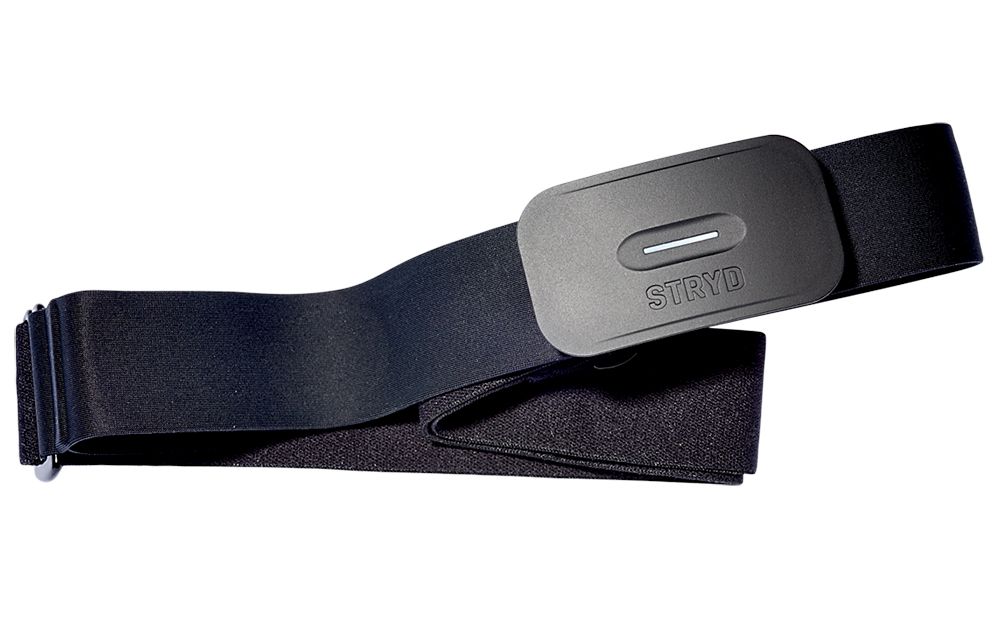 Mitch Mandel
Mitch MandelChest-strap monitor syncs with your phone or watch.
BEST FOR: Power (one number to show how hard you work).
UPSIDE: Rather than telling you how to improve, Stryd shows you whether a change results in better economy—your power output will go down when holding the same pace.
DOWNSIDE: The system doesn’t identify form problems.
$199; stryd.com
Advertisement - Continue Reading Below
Stridalyzer
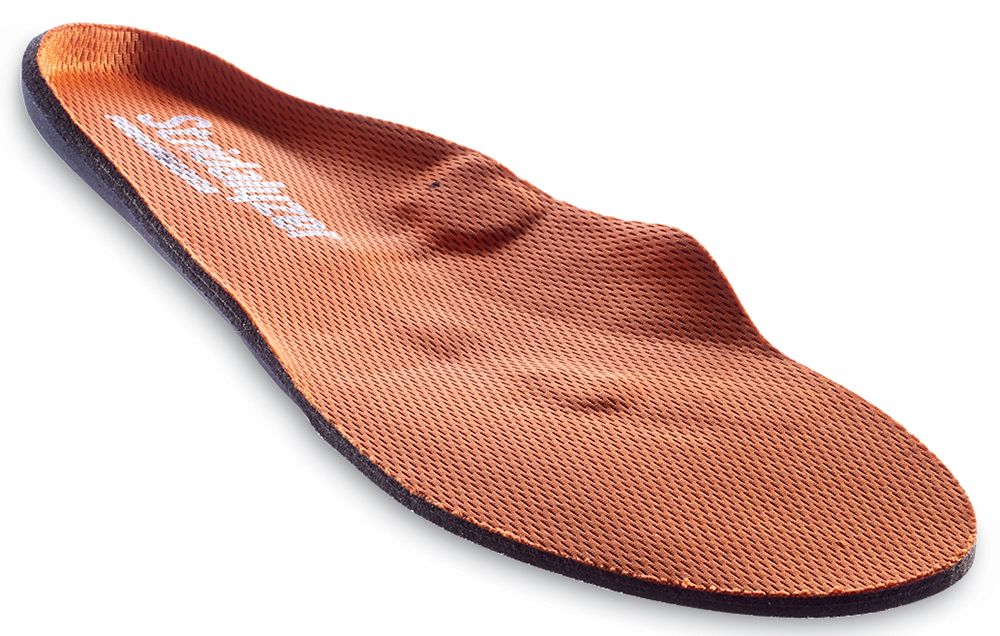 Mitch Mandel
Mitch MandelSmart insoles communicate with your phone.
BEST FOR: Stress on heel, knee, arch, forefoot, and midfoot.
UPSIDE: Provides real-time heat maps, revealing where you might be prone to injury and what part of your stride deteriorates with fatigue. Plus it provides guidance and exercises for improvement.
DOWNSIDE: Online data graphs can be hard to interpret.
$169; amazon.com
Sensoria Fitness Sock
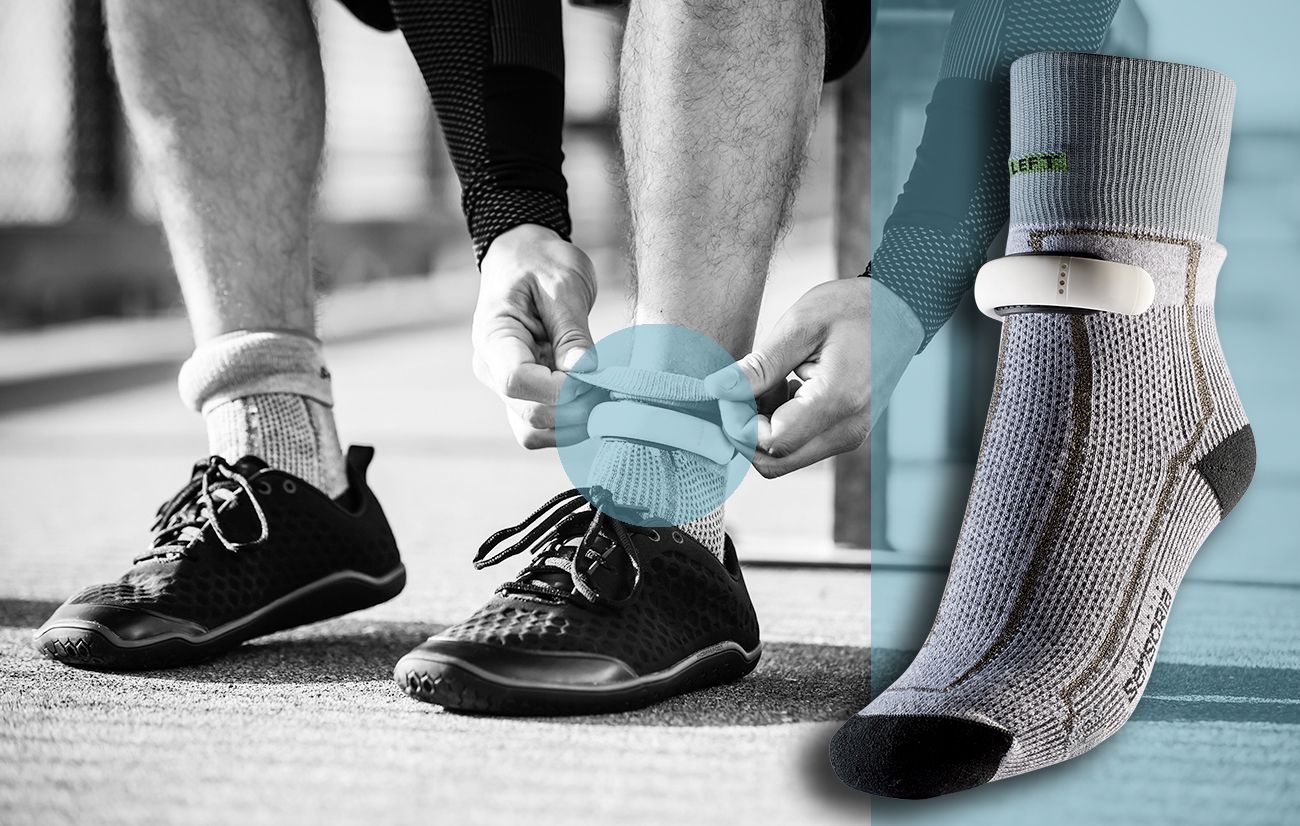 Mitch Mandel
Mitch MandelPressure-sensitive socks send data to your smartphone.
BEST FOR: Heel vs. forefoot impact.
UPSIDE: You can customize target zones for cadence and foot strike, plus specify which metric you want verbal feedback on and how often you want it delivered.
DOWNSIDE: Socks and ankle bracelets can be cumbersome.
From $200; amazon.com
Advertisement - Continue Reading Below
Readers Also Read
Advertisement - Continue Reading Below
Advertisement - Continue Reading Below





